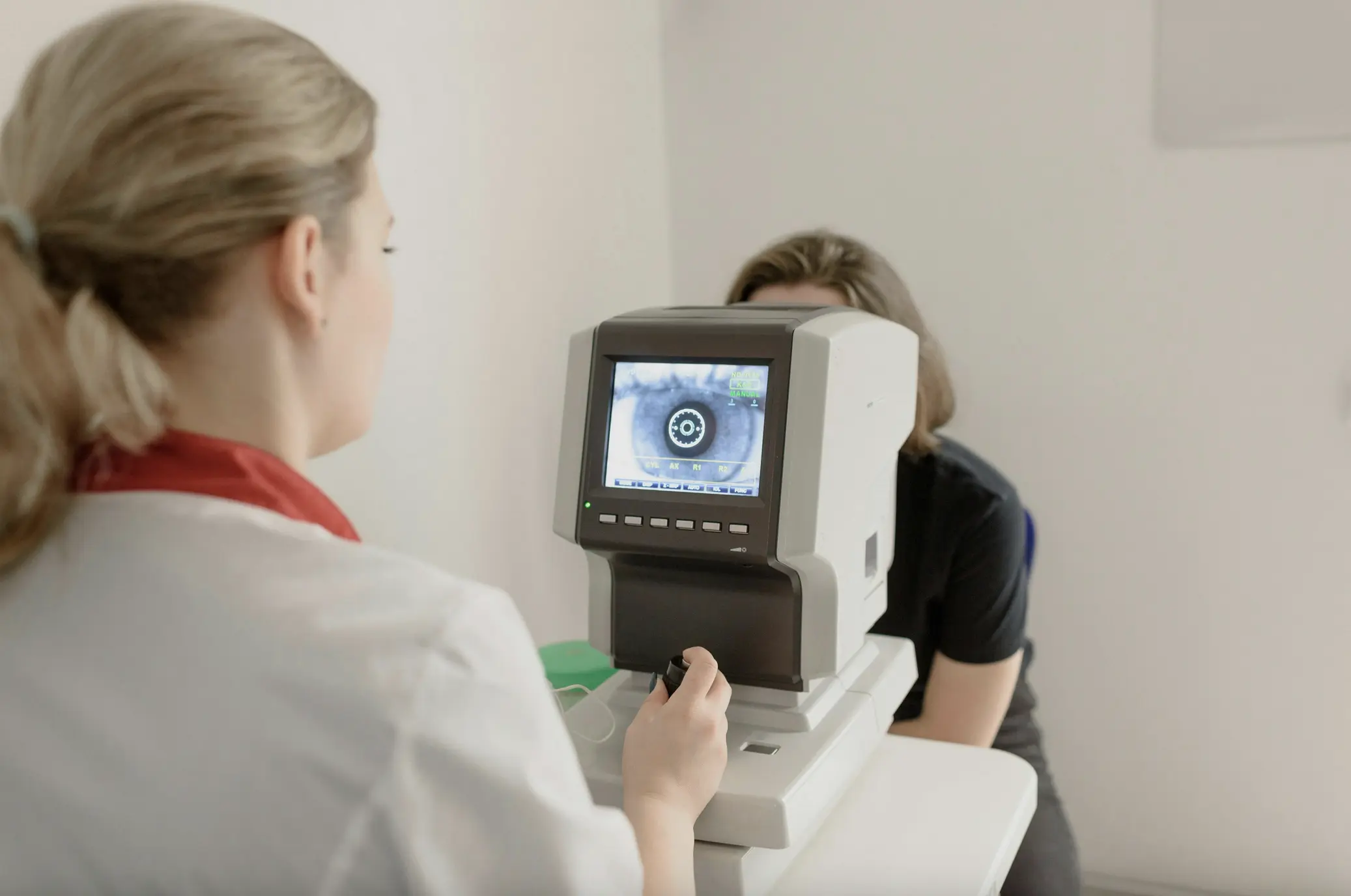According to the World Economic Forum, uncorrected poor vision is the most widespread disability globally, affecting more than 2.2 billion people. This issue disproportionately impacts those in remote or under-resourced communities, as well as women, the elderly, ethnic minorities, and individuals with other disabilities.
The economic toll is staggering—estimated at $272 billion in lost productivity annually. Beyond economics, untreated visual impairment limits education, reduces quality of life, and increases safety risks. Encouragingly, 75% of all cases of blindness and visual impairment are preventable or treatable. And thanks to digital tools and innovations in e-commerce, access to eye care is becoming more widespread than ever before.
The Vision Council’s 2025 Market inSights report underscores this trend. It reveals that while in-person shopping still drives most eyewear sales, 11% of all frames and lenses and 40% of all contact lenses are now purchased online. This points to a major opportunity for technology to enhance accessibility and convenience in eye care. Here’s how digital innovations like OPSM’s remote optometry, Eyebou’s AI diagnostic tools, and Walmart’s AR try-on technology are helping to close the gap.
OPSM’s remote optometry brings eye tests to underserved regions
Routine eye exams are the foundation of visual health, helping to detect refractive errors and identify early signs of disease. To make these services more accessible, OPSM offers online bookings for a range of eye tests. This includes their Everyday package, which provides basic visual acuity tests and professional advice, as well as their Look Deeper package. Beyond basic screening, the Look Deeper test uses an Ultra Wide Digital Retinal Scan to deliver advanced diagnostic insights.
Building on this foundation, OPSM is investing in remote optometry services aimed at patients in hard-to-reach areas. These high-tech exams allow a patient to attend a session at a conveniently located practice, where a trained technician assists them while the optometrist operates remotely—sometimes from another state. These services bring state-of-the-art diagnostic tools to communities that otherwise wouldn’t have access to such technology, ensuring that early detection and treatment is no longer limited by geography.
Eyebou’s AI technology helps screen children in low-resource settings
Eyebou, originally known for its vitamin-infused contact lenses, has evolved into a telehealth-focused vision company since its founding in 2019. Backed by UNICEF’s Venture Fund, Eyebou is developing AI-powered diagnostic tools to identify visual impairments in children—particularly in underserved areas.
The smartphone-based app can be used by caregivers, teachers, and community health workers to screen for conditions like amblyopia, strabismus, dense cataracts, and general visual acuity. The tool is designed for use even in areas with low internet connectivity and minimal professional oversight. So far, nearly half of the children screened with the app were found to have vision problems that required follow-up with a local optometrist. More than half of these children had never received any form of eye care before. With Eyebou’s tech, early intervention becomes not just possible—but scalable.
Walmart’s AR tools make shopping for eyewear more personalised
Personalised shopping experiences are a cornerstone of modern e-commerce. With the rise of digital solutions like Channelsyncharma, retailers can now automate product recommendations across platforms using data-driven personalisation and omnichannel strategies. Walmart has applied these same principles to its eyewear division with the launch of AR-powered virtual try-ons.
On the Walmart website or app, users can select the “try them on” option to virtually test over 750 eyewear styles. Customers can also upload prescriptions and use facial scanning to accurately measure pupillary distance, enabling precise customisation. “We continue to focus on improving access and convenience,” said David Reitnauer, vice president of Optical at Walmart Health & Wellness. “With optical virtual try-on and online prescription eyewear shopping, we are taking the next step to help customers see better to live better.”
Digital tools—from AI diagnostics to remote optometry and AR try-ons—are not just transforming eye care, they are democratising it. By integrating these innovations into e-commerce platforms, companies are bringing vision services and products to those who need them most, helping to close long-standing gaps in accessibility and improving outcomes on a global scale.
